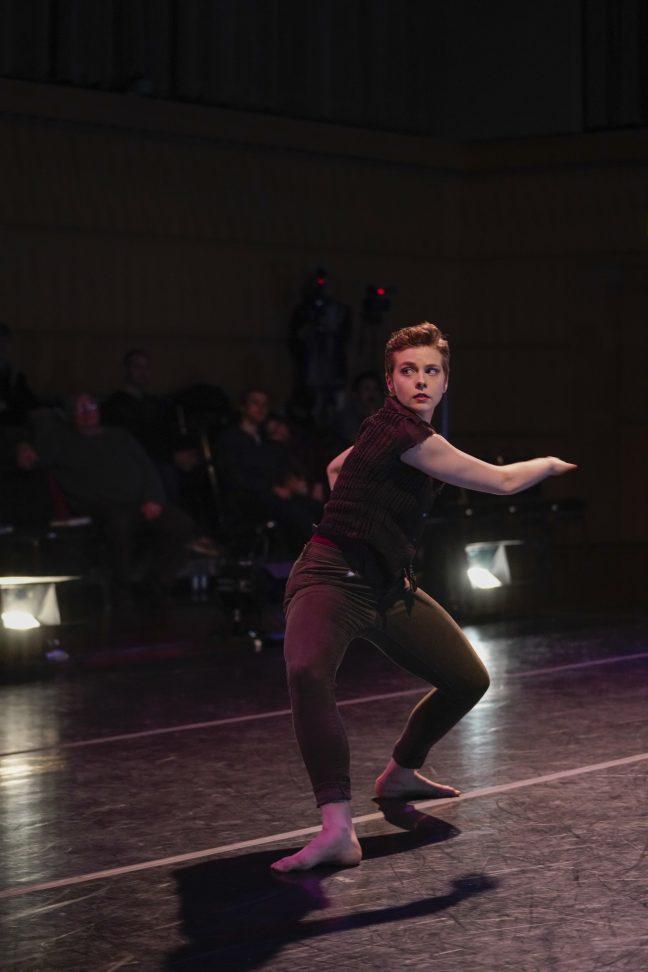Continuing with this series — “Mickey Mouse Degrees”, which is a pejorative for degrees that are deemed “useless” in the job market or unacademic — the goal is to uncover the specific challenges that are a part of a major.
In addition, the aim is to foster dialogue among students and faculty. This series also asks students what the university can do to support them, since often the arts are fields of study that are not prioritized and their needs are overlooked.
In this session, I corresponded with UW sophomore Caitriona Quirk who is studying Dance with an emphasis on pre-med, as well as pursuing a certificate in Pilates.
So, what goes into being a dancer at UW-Madison?
When asked about common stereotypes that exist about dancers, Quirk answered that most people assume dancers are stupid or lazy.
“Most people ask if I am studying anything besides dance when I share that I am pursuing a B.S. in Dance,” said Quirk. “Older adults generally dismiss the academic integrity dancers have.”
While most audiences only see the “showy side of performance”, Quirk are often ignorant to the fact that dance is an interdisciplinary study.
Quirk reveals that dance requires a complex way to process, practice, and improve. Dancers study history, science, physiology, techniques, and much more about the human body and movement.
What about their workload? How do they compare to other majors in terms of credits or course selections?
Dance as a major is one of the highest credit majors available on campus.
“Our classes are also primarily lab classes which means we spend more hours in class per credit than most other majors,” Quirk said.
Like music performance majors, dance majors are also required to participate in a number of performances that occur outside of class and for little to no credit.
When asked about how grades are formulated, Quirk commented that grading in technique classes tend to be more subjective than they’d like. Other classes such as Laban Movement Analysis or Somatics are graded just as other academic classes are with essays and exams.
What is an average day for a dance student?
On an average day, Quirk starts class at 8:50 a.m. with technique, followed by history or another dance specific course. Quirk also has lab or lecture for their pre-med and science courses on most days.
They take another Pilates or dance class before rehearsal, which they have most nights for a variety of performances. At 18 credits, Quirk barely has time to work, and generally doesn’t have free time.
How can the UW support dancers?
In regard to what the university can do to support dancers, Quirk had a few ideas.
“We need more recognition as academically-driven students, and have access to the resources we need to keep our bodies healthy in the stressful ‘pre-professional’ environment,” said Quirk. “All students need to be given the resources to succeed in their field, art or other.”
The dance department also does not have a PT or athletic trainer.
“We are given no priorities … at UHS despite the physical pressures on our bodies and high injury rate,” said Quirk. “We are student-athletes too.”


